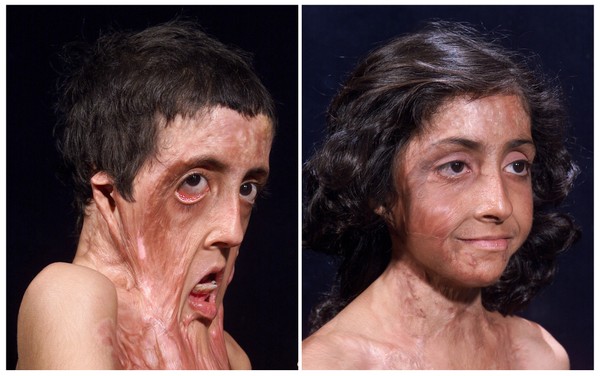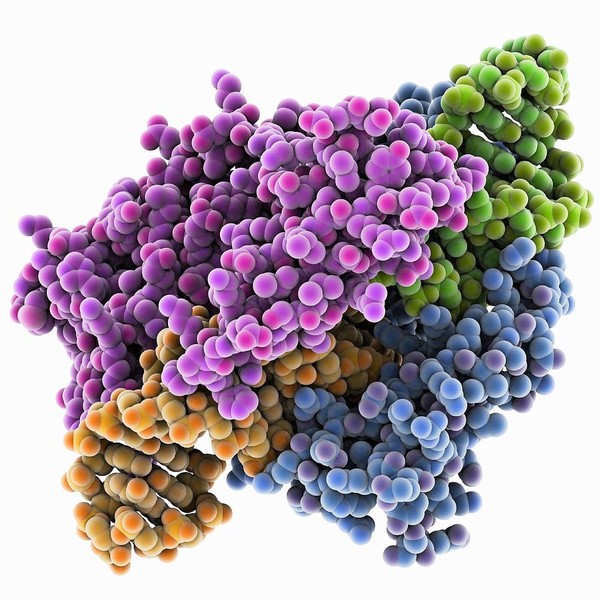New method to treat burns without scarring
Scientists have found a protein that opens new hopes for patients with severe burns.
Hope to restore skin to burn patients
It is estimated that hundreds of thousands of victims suffer burns every year, including many serious cases requiring surgical intervention. But even though the doctors are trying very hard, most cases leave a certain sequela, from burn scars, deformed body, even become disabled.
However, researchers have found a signal receptor to new cells, giving hope to victims suffering from "fire consequences".
This signal path helps victims increase their ability to recover hair follicles, hair and skin cells. Supplements make scarring less likely.

New hope for burn victims
Professor Luis Garza, dermatologist at Johns Hopkin University, said: 'A lot of people don't know that hair follicles are on our entire body, even in areas without hair. When looking at the face in the mirror, all of our skin is actually covered with lots of tiny hair follicles. The presence of hair follicles is what makes a normal face and a scarred face different. '
To conclude, experts conducted experiments in two groups of mice. One group showed that the ability to recover skin and fur when wounded was much better than the other group.
In genetic analysis, scientists determined that the group's intermediate receptor for transmitting signals was three times larger than the poorer mice.
They found that a protein called TLR3 is responsible for stimulating skin and hair restoration. This protein is a receptor attached to a double-stranded ARN (dsRNA), which determines damage and activates the immune system. Protein TLR3 will affect 2 genes: IL6 and STAT3, 2 genes that help the body recover from wounds.

Double circuit RNA
In addition, TLR3 also activates the molecules responsible for hair growth, along with the gene EDAR, which is important for skin repair.
Researchers then sought to determine the effect of TLR3 from scratches on human skin. They found that TLR3 on the skin is 5 times more scratched than healthy skin. In another mouse experiment, an increase in the number of dsARN in mice with a scratched skin also significantly increased the number of hair follicles.

Garza explained that the hair follicles are where the blood, nerves and cells connect to the skin. The hypothesis is that when creating new hair follicles, we can boost these factors, help synthesize new skin at a faster rate. This can make burns more like normal skin.
Scientists are collaborating with many pharmaceutical companies to identify compounds that activate TLR3 and can now say they are very close to this. However, this process takes many years of research before being applied to humans.
- Quick treatment of burns without scarring
- The first aid for burns
- First aid steps for burns in children
- New method: Cure burns with tilapia skin
- Treatment for cold burns
- A lot of children suffer burns because of careless adults
- Botox, effective remedy for wound healing without scarring
- Medications for burns from waterpipe plants
- The magic god in the refrigerator
- Treat new burns with a skin spray gun
- Low invasive thyroid endoscopy, without scarring
- 9 basic emergency skills everyone should know
 Green tea cleans teeth better than mouthwash?
Green tea cleans teeth better than mouthwash? Death kiss: This is why you should not let anyone kiss your baby's lips
Death kiss: This is why you should not let anyone kiss your baby's lips What is salmonellosis?
What is salmonellosis? Caution should be exercised when using aloe vera through eating and drinking
Caution should be exercised when using aloe vera through eating and drinking Why does ice stick to your hands when you hold it?
Why does ice stick to your hands when you hold it?  Doctors warn about the 'secret' of soaking your face in ice water to stay young
Doctors warn about the 'secret' of soaking your face in ice water to stay young  'Unexpected' source of nutrients from the peels of many vegetables and fruits
'Unexpected' source of nutrients from the peels of many vegetables and fruits  From 'monster' to 'treasure': This horror species is helping many people make a fortune
From 'monster' to 'treasure': This horror species is helping many people make a fortune  How are freckles different from melasma?
How are freckles different from melasma?  Discovery of dinosaur fossils with feathers and scales
Discovery of dinosaur fossils with feathers and scales 